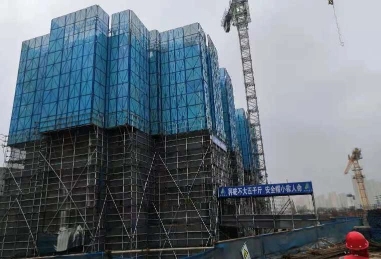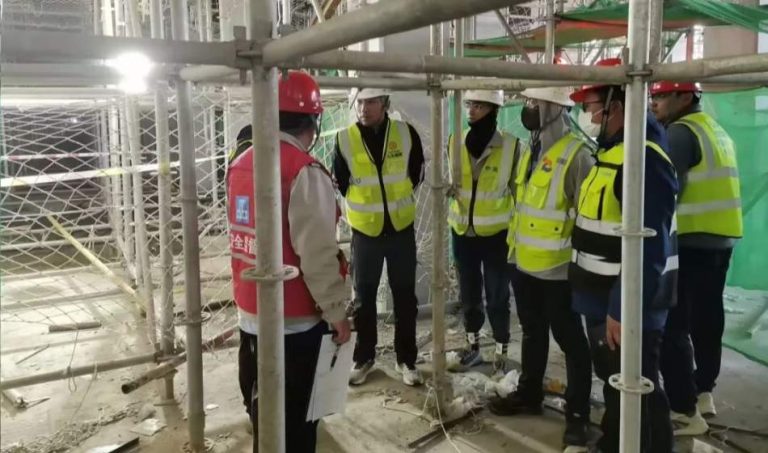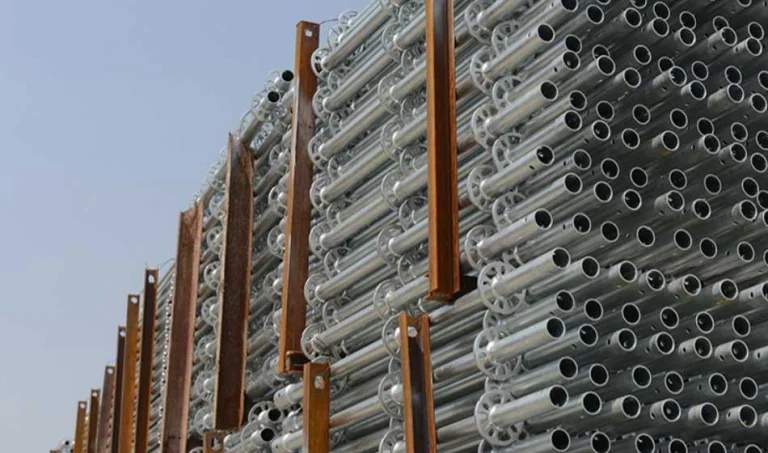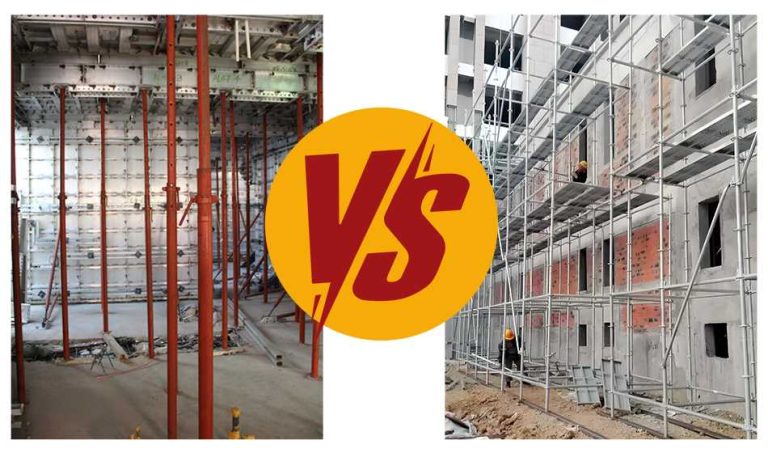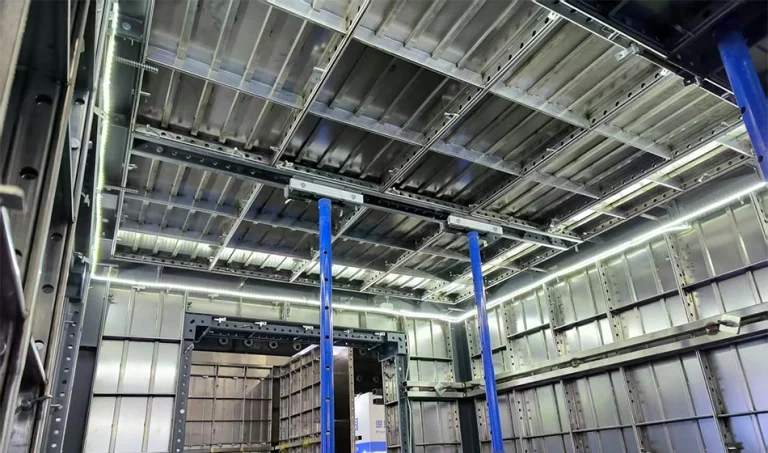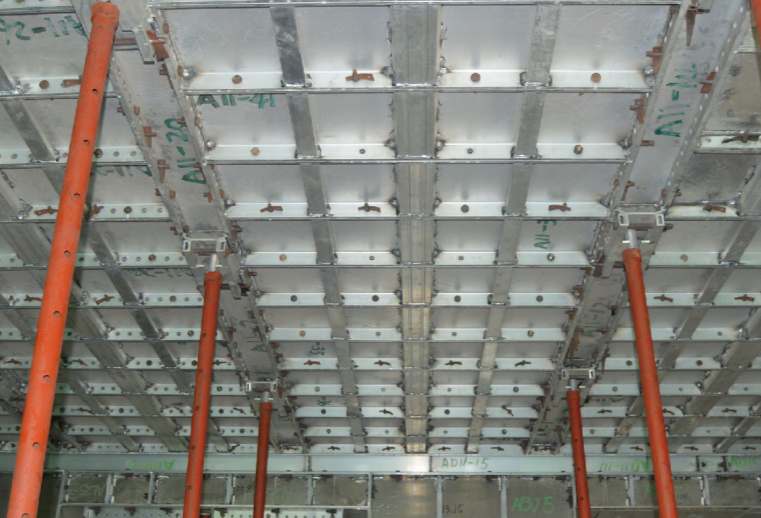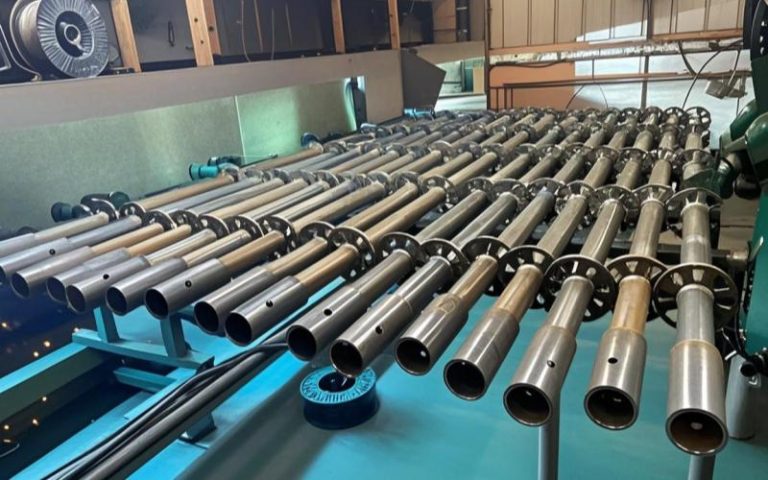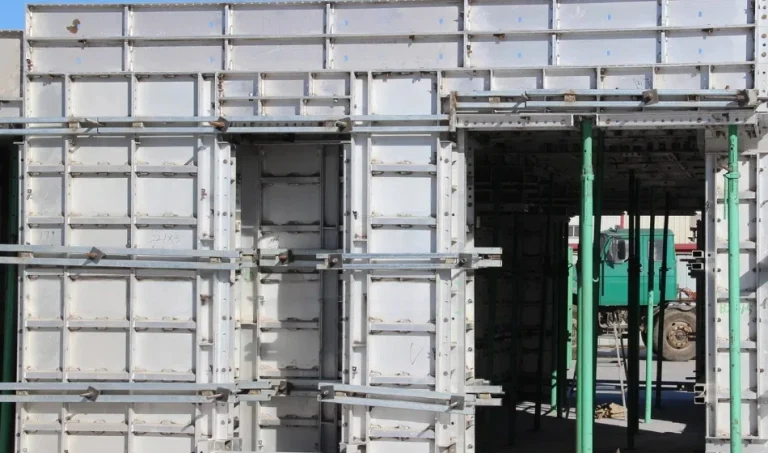Removing concrete forms at the right time is crucial for ensuring structural integrity and maintaining project timelines. Removing them too early can weaken the structure while leaving them too long can delay progress. Striking the right balance is key to safe and efficient construction.
Below, we explore the purpose of concrete forms, guidelines for removal, and practical tips to protect the integrity of your structure while keeping your project on track.
What Is the Purpose of Concrete Forms?
Concrete forms, known as formwork, are temporary molds that hold wet concrete in place as it cures. They play a vital role in shaping and supporting concrete until it hardens, ensuring stability and accuracy in construction projects.
Key purposes of formwork include:
Shaping Concrete: Ensures the desired dimensions and design are achieved.
Supporting Wet Concrete: Prevents deformation or collapse during the curing process.
Enhancing Safety: Stabilizes the structure, creating a safe environment for construction.
Providing Smooth Surfaces: Delivers clean finishes, reducing the need for post-construction corrections.
Formwork is indispensable in modern construction, from vertical columns to horizontal slabs and intricate designs.
How Long Should Concrete Set Before Removing Formwork?
The timing for removing concrete forms depends on the type of structure and curing conditions. Vertical structures like walls and columns typically require 16–24 hours before form removal, while horizontal structures such as slabs and beams may need 7–14 days.
Here’s a breakdown:
Vertical Structures (e.g., walls, columns): Forms can usually be removed after 16–24 hours.
Horizontal Structures (e.g., slabs, beams): Slabs can be stripped after 7 days for spans under 4.5 meters or 14 days for longer spans. Beams generally require 14 days.
Factors like temperature, curing methods, and concrete mix quality significantly influence these timelines. Conducting strength tests ensures safe removal and prevents structural issues.
Can Formwork Be Left On Too Long?
While leaving forms on longer than necessary may not harm the concrete structurally, it can lead to several practical issues:
Delays: Prolonged retention ties up resources and slows project progress.
Adhesion Issues: Forms may stick to the concrete, making removal more difficult.
Surface Damage: Excessive force during delayed removal can cause chipping or uneven surfaces.
To avoid these problems, adhere to recommended removal times and plan carefully to balance structural needs with project efficiency.
How Do You Know When Concrete Is Fully Cured?
Concrete typically reaches complete curing after 28 days, but sufficient strength for form removal is often achieved much earlier. Signs that concrete is ready for form removal include:
Strength Tests: Concrete should achieve at least 50–70% of its design strength.
Hardness: The surface should resist scratching or indentations.
Visual Inspection: The concrete should appear firm and show no signs of cracking.
Proper curing practices, such as maintaining moisture and controlling temperature, accelerate strength development and ensure safe form removal.
How Can You Prevent Formwork From Sticking to Concrete?
Sticking formwork can damage both the concrete surface and the forms themselves. To prevent this, follow these best practices:
Apply Release Agents: Use oil-based or water-based release agents on the formwork surface before pouring concrete.
Clean Forms Regularly: Remove debris and residue after each use to maintain smooth surfaces.
Ensure Smooth Formwork: Avoid dents or rough areas that might grip the concrete.
Remove Forms Timely: Strip forms when the concrete achieves sufficient strength to minimize adhesion risks.
These steps ensure smooth formwork removal, protect the concrete finish, and extend the lifespan of your formwork.
Conclusion
By following these guidelines, you can protect the integrity of your structure, maintain project timelines, and achieve high-quality results in your construction projects.

